-
Legacy Member

-
Thank You to billy67 For This Useful Post:
-
12-11-2021 04:12 PM
# ADS
Friends and Sponsors

-
Legacy Member

A great matching rifle that went to FTR in 1951. I'd love to have it.
Last edited by artyldr01; 12-11-2021 at 04:18 PM.
-
-
-
Advisory Panel


Nice rifle...why do you think the butt has been changed? Yes the big number on the butt is a rack number. Hard to say what unit or sub unit marked it and when.
-
-
Legacy Member

I don't see any Aussy stamp on it. Normally those Lithgow has lots of stamps on the right side of the buttstock ? this one only have a plain disc and a small stamps I can barely read at the tang
has lots of stamps on the right side of the buttstock ? this one only have a plain disc and a small stamps I can barely read at the tang
-
Thank You to billy67 For This Useful Post:
-
Advisory Panel


Others will be along, slow day today... Cinders will want to see this one.
-
-
Contributing Member


Nice catch a No 1 MkIII*]
MA - Lithgow SAF NSW applied after 1926, BA - Bathurst Rifle Factory No 2 NSW, nice tidy example of a rifle '18 MY rifle with the barrel 3/51 no marking visible to the disc which is a pity though bit of a clean/spruce up with some 50/50 RLO/Min Turps and 0000 steel wool on the wood only don't rub the steel with the wool lest it will remove the finish on the metal parts.
SAF NSW applied after 1926, BA - Bathurst Rifle Factory No 2 NSW, nice tidy example of a rifle '18 MY rifle with the barrel 3/51 no marking visible to the disc which is a pity though bit of a clean/spruce up with some 50/50 RLO/Min Turps and 0000 steel wool on the wood only don't rub the steel with the wool lest it will remove the finish on the metal parts.
Be nice to see a range report on it, pic of my 5MD '16 Lithgow No 1 MKIII butt that has been sanded sadly but the markings can still be made out the disc has the A inside the 7 pointed star.
-
Thank You to CINDERS For This Useful Post:
-
Legacy Member

In 1951 your rifle went through an FTR at the Lithgow SAF, indicated by the FTR and MA51 stamps. This was a very stringent refurbishing program that continued for a decade from 1950 to1959(1960 unofficial), where rifles were stripped bare to the action, reparkerised and rebuilt using new and used parts into the equivalent of a new rifle. It’s highly unlikely any original parts to the 1918 action remained after this so the butt is most certainly a replacement. Don’t be confused by the butt disc, any earlier used butt may have been used and markings from the previous rifle were removed but often still just barely visible. Other used parts may include sights, sight protectors, nosecaps, trigger guards, swivel bands, magazines, bolts and even barrels. These could be Australian or English from any year of production and previously serial numbered parts were scrubbed and renumbered to match. Forends and handguards were generally always new. The wood looks perfectly fine to me. Nice colour , typical aged look of coachwood. I would only rub some linseed with a soft cloth and you’ll be whistling Dixie !
or English from any year of production and previously serial numbered parts were scrubbed and renumbered to match. Forends and handguards were generally always new. The wood looks perfectly fine to me. Nice colour , typical aged look of coachwood. I would only rub some linseed with a soft cloth and you’ll be whistling Dixie !
Hope this helps give you a better understanding of your rifle.
Last edited by Homer; 12-12-2021 at 06:22 PM.
-
The Following 2 Members Say Thank You to Homer For This Useful Post:
yesterday. Don't know much about their specific markings. It was FTR at some point and I believe the buttstock was change. matching bolt, reciever, barrel, nose cap and rear sight. If you can help ifentify any other markings I would appreciated. What is that big white paint on the buttstock ? a rack number ? From where and when ?
 Information
Information















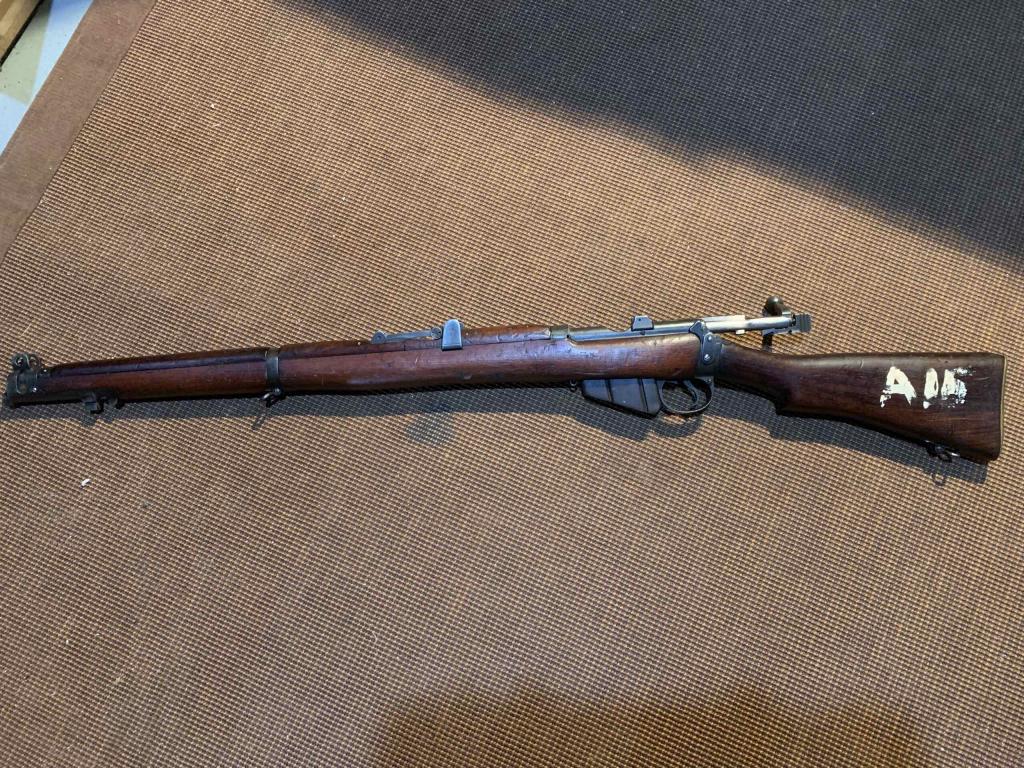



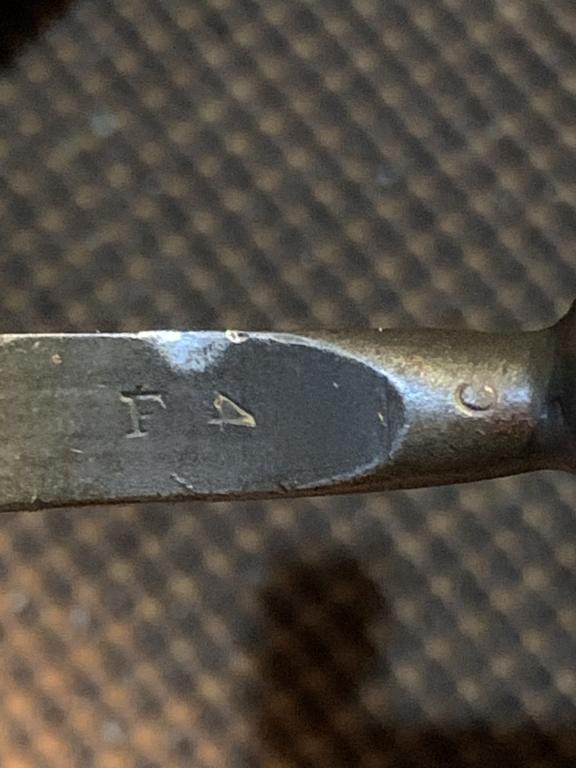








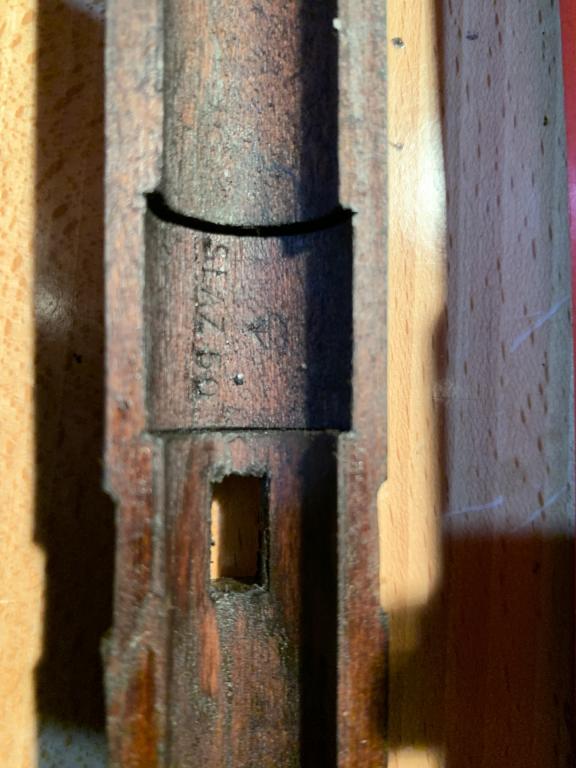

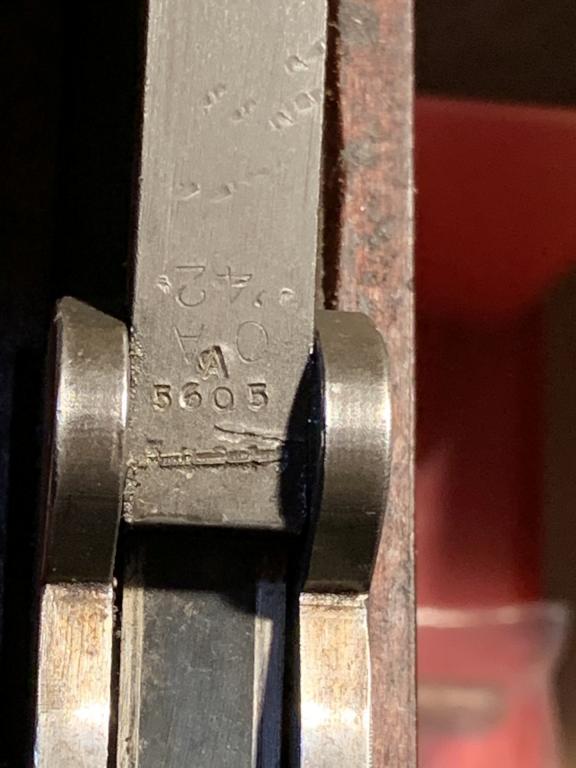



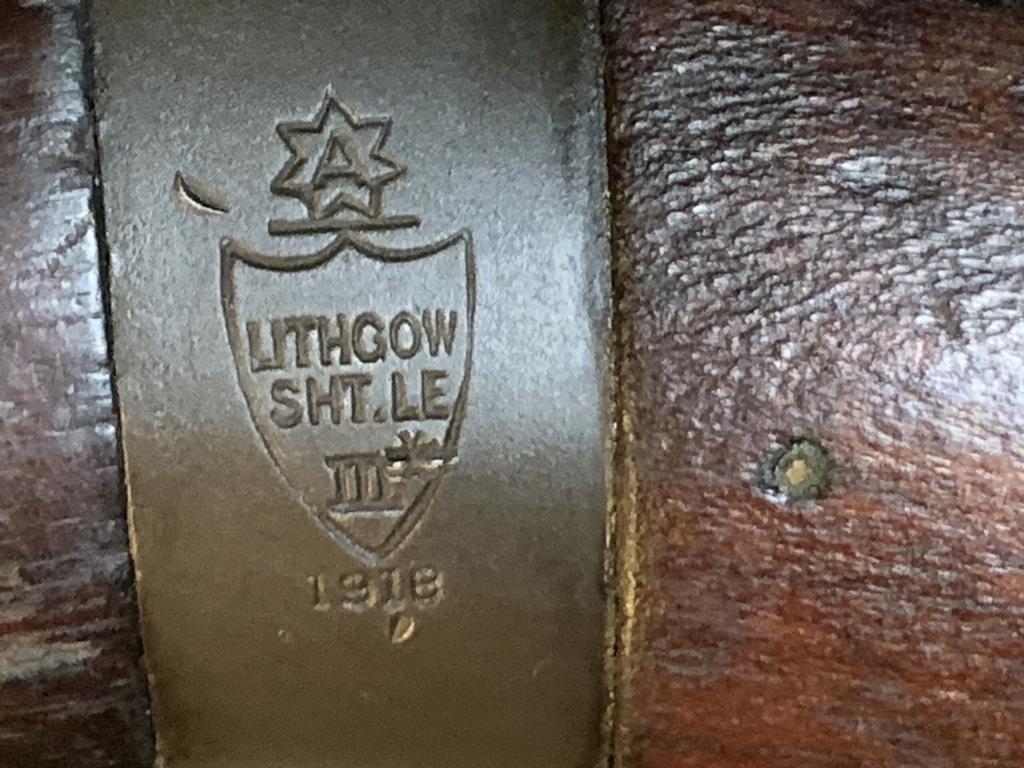




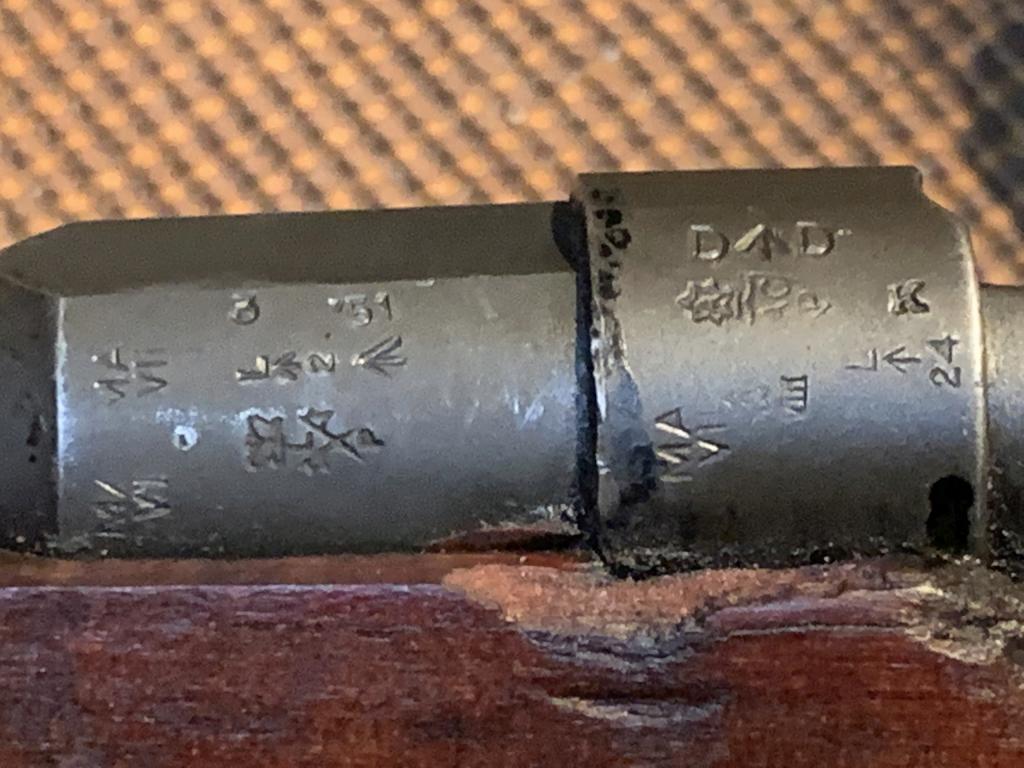



 PM
PM










